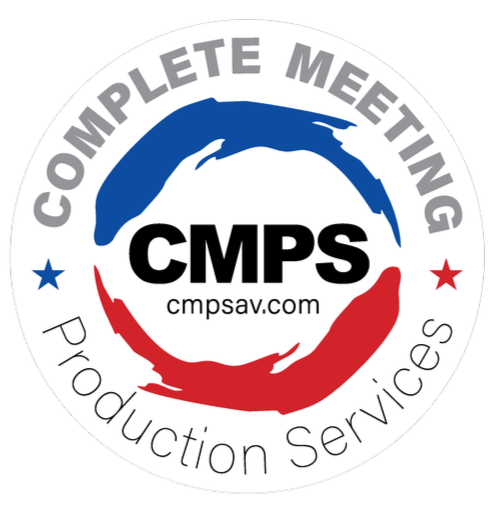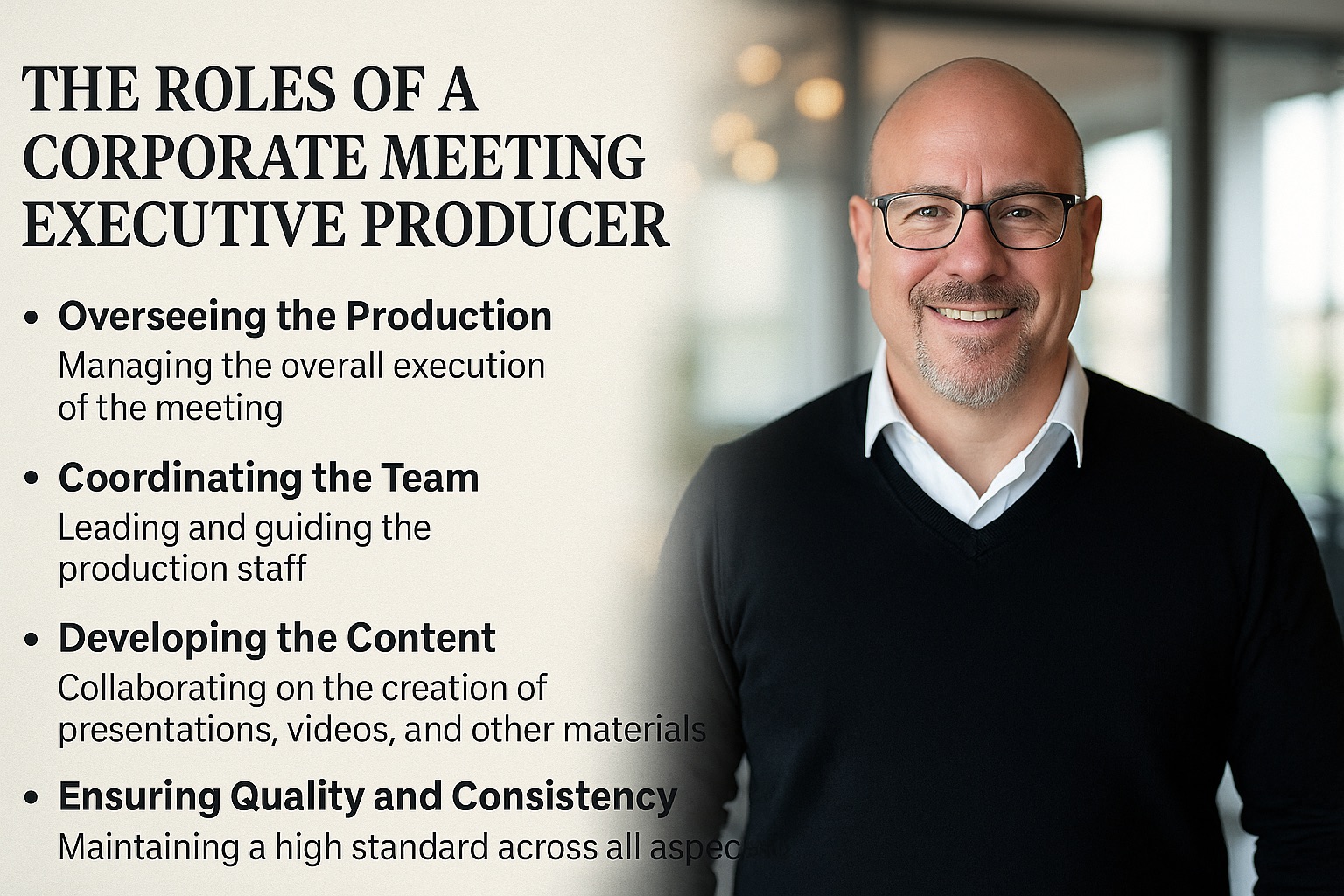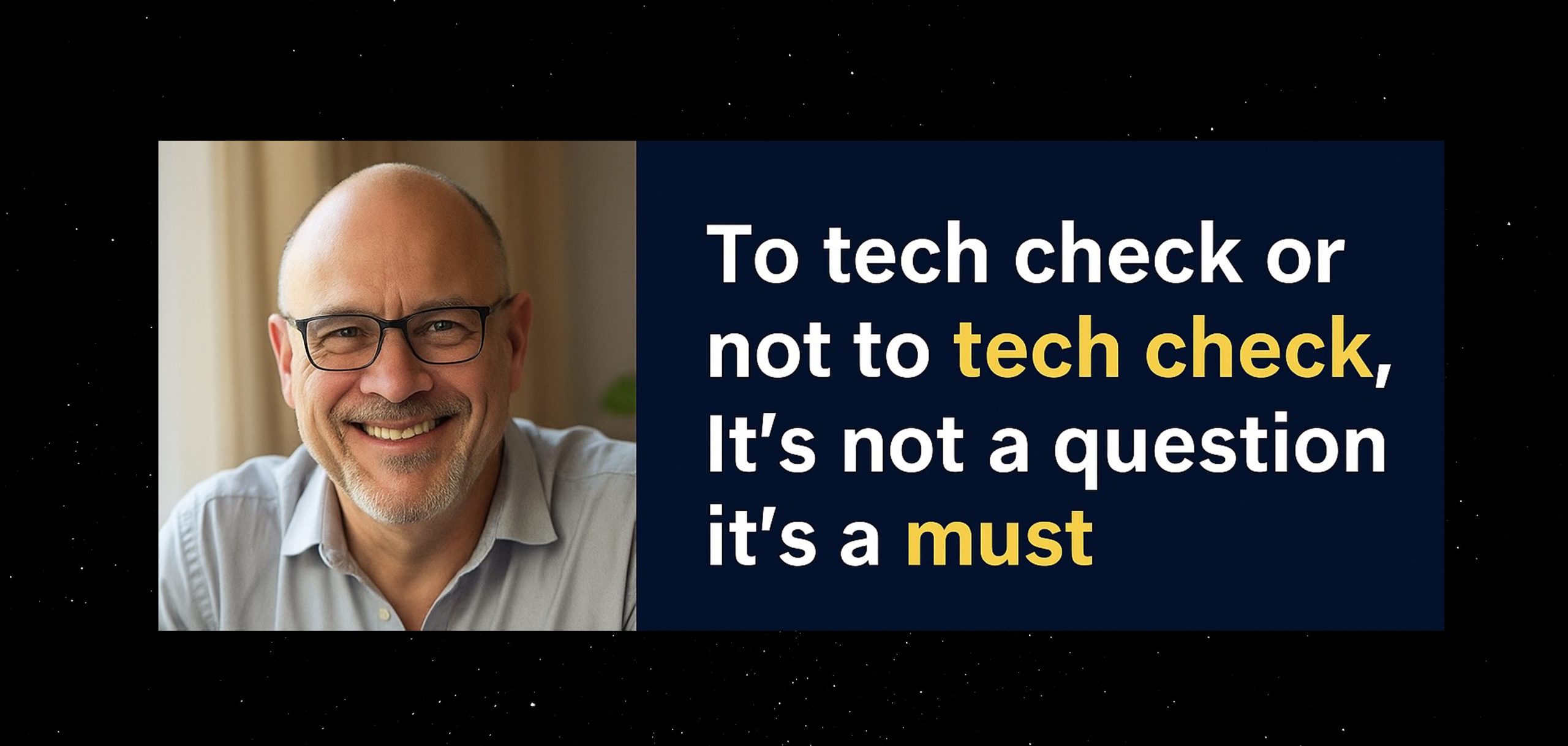What makes a live show feel effortless from doors to encore? Strong technical direction. It turns creative notes into a plan the crew can run when the clock gets loud. With a precise map, cues land, talent relaxes, and the story reaches the back row without strain. Minutes before the show, a mic failed; the TD moved to the spare at step four on the sheet, and the audience never noticed. Calm becomes choreography.
A technical director builds the route, aligns budgets, and locks the timeline. The team rehearses, checks backups, and confirms handoffs so event production opens on time and closes with confidence.
Why Technical Direction Makes Shows Feel Easy
Technical direction works like the show’s nervous system. It sends messages clearly from plan to people, so radios maintain calm, transitions feel natural, and the message is the main focus. Ease comes from choices made early, written down, and rehearsed until they feel like second nature.
The Technical Director: Systems Thinker and Connector
The TD links creative intent to execution so every cue, cable, and call serves the story. Core work covers rigging and power plots, safe load limits, build sequencing, and apparent stop authority. The TD protects flow by defining interfaces with stage management and vendors, then leads with short, actionable calls the crew can follow. Place three non-negotiables on page one, such as power plan, rigging limits, and stop authority, so every department plans to the same constraints.
Production Team Roles: Who Runs What
A live event looks effortless when everyone knows the mark. The caller handles timing and cues. Lighting shapes looks and sightlines. Audioprioritizes speech over music. Video manages screens and playback. The crew moves scenic pieces and protects paths. The TD approves changes and keeps the plan steady. A one-line mandate per seat keeps priorities crisp and trade-offs fast.
From Plan to Stage
Planning becomes execution when details live where eyes are. Keep one shared document for goals and room specs. Maintain a run of show with absolute times and offsets. Arrange the truck order to match the build order. Send a vendor packet with dock windows and contacts. Post a wall map for front-of-house, deck layout, power, and lanes. When a venue changed docks an hour out, that map listed the dock captain, windows, and truck sequence. Vendors rerouted in minutes, the focus call held, and rehearsal began on time.
Tools That Help Without Running the Show
Use tools to reduce noise and make repeats easy. Shoflo stores the live run of the show, including owners and timestamps. QLab keeps a labeled cue stack with prerolls and a mirrored hot backup. Vectorworks Spotlight validates loads, sightlines, and quick 3D sections for the camera and back row. Miro keeps the current storyboard with in-frame comments. Asana tracks owners, dates, dependencies, and a short daily review for the show week. Match cue labels across Shoflo, QLab, and the call sheet so calls stay short and precise.
Stage Management: Keeping the Pulse
Stage management runs the call sheet, resets the deck, and maintains a single truth on comms. With a minute-by-minute script and clear fallbacks, the show pivots without panic. Strong stage managers own the clock and call clean cues; reset presets and mark handoffs, protect paths, props, and quiet zones; log changes in real time for the caller; and hold a safe harbor. Look for unscripted moments.
Event Logistics That Reduce Risk
Lock dock times and power drops early. Map cable paths and label deck positions where hands look. Put answers on the wall, not in a thread. Keep a dock plan with windows and truck order, a power map with drops, loads, and UPS points, taped cable lanes with ramped crossings, clear deck labels for positions and cases, and a wall map that shows front of house, power, channels, and comms. When logistics hum, the TD protects quality instead of chasing trucks.
Rehearsal Is Insurance
Rehearsal turns theory into muscle memory. Walk the run at show speed, tape handoffs, drill a mic swap, and simulate a short power dip. Teach operators the first three beats to hit if comms drop. Add a ninety-second power circle before the call and a ripple run after rehearsal. Practice the misses, not just the wins, so the audience never feels the fix.
Real-World Moments You Will Recognize
The panel ran for 7 minutes. The caller trimmed the bumper, QLab fired the short roll, lights stayed warm, audio caught applause, and video cut to the sponsor slate. The room felt planned, not panicked, because the option had been rehearsed and labeled. In another show, the keynote mic crackled at minute two. The A2 clipped on the labeled spare during a pause slide, matched gain and EQ, and gave the all clear. Blue cards made the fix instant, and stage management kept the pulse steady.
Safety That Speeds You Up
Safety is a queue, not a speed bump. Call rigging limits, trip points, and exits in plain language. Confirm who can stop the show and the words they use to do so. Lower adrenaline improves choices and tempo.
Common Mistakes to Retire
Do not invite new decisions at the doors. Do not perfect a corner no one feels before you perfect the first ten seconds, so everyone feels. Do not rehearse only the happy path. Do not let email pretend to be a plan. Make the plan readable in one minute, and the crew will run it in real time.
The Feeling on Show Day
You want the room to exhale. The map lives in one place. Owners know their moves. Tools update in real time without noise. When a segment drifts, the caller trims a beat and adjusts cues. Silence on comms is not emptiness. It is alignment.
Conclusion
Treat technical direction as the engine of the show. Define roles in plain language so people know what they own and what they can decide without a meeting. Keep the flow visible with a single run of the show and post updates once. Choose tools that help humans and match labels across systems so calls stay short and precise. Add backstage rituals that protect people and the clock, such as a seventy-two-hour content freeze, a printed run sheet, and mirrored backups for audio, video, and power. When planning stays honest and production roles stay clear, execution feels inevitable. The audience never sees the work. It feels easy.




